Among the works that have successfully reappropriated the zombie myth, respecting certain codes to better reinvent a plethora of new ones, Danny Boyle's 28 Days Later, in 2002, will have left its mark on the genre. A feature film that has become inseparable from its 2007 sequel, 28 Weeks Later, for which Danny Boyle was only executive producer, the camera having fallen into the hands of Juan Carlos Fresnadillo. 17 years later – or 23, depending on which you consider – the franchise is making a comeback with 28 Years Later.
The “28” franchise isn’t the first to return from the dead in an industry where nothing ever dies as long as there’s someone, somewhere, who assumes it can still make money. Whether it’s a producer at a major studio or a director who hasn’t had a big hit in a while and has bills to pay. Either way, there will always be someone who will swear to us that, this time, we promise, this resurrection (sequel, remake, legacyquel, whatever) is purely creative.
All this to say that after years of hearing fans demand a new installment in the zombie franchise, it seemed obvious that we were going to get one. We can take comfort in the fact that the entire team from the original film, Danny Boyle as director, Alex Garland as screenwriter, and the English filmmaker's longtime partner, Anthony Dod Mantle, as director of photography, have signed on for the project. Add to that the fact that this is the first stone in a new trilogy, and it's undoubtedly proof that, this time, as we promise, this resurrection is purely creative...
28 years too late?
It's been almost thirty years since the rabies virus infected the United Kingdom, and the country is now completely quarantined. No one gets in, no one gets out. There, the survivors try to rebuild their lives among the infected, some of whom have mutated. A community has taken refuge on an island connected to the mainland by a small strip of land that is easily defensible, as it is submerged most of the time. For 12-year-old Spike, it's time for a rite of passage by crossing over for the first time, accompanied by his father. To connect with our previous paragraphs, we can immediately answer the question of whether this 28 years later is a major new piece in the franchise's edifice. The kind of essential sequel that sheds light on how we revisit the saga. No. Garland and Boyle have a story, which we'll come back to, but it would be disingenuous to consider it more than necessary within the mythology.
On the contrary, the fact that this universe already exists is more than convenient, commercially speaking. Moreover, the duo makes no secret of dismissing the ending of the previous opus with a wave of the pen right from the introduction. We won't criticize the trick, inviting a new audience to join the party without the vital need to (re)watch the previous ones. Which is practical for business and logical when you want to attract a population not even born in 2002.
Magnificent living beings amidst dead ideas
Garland therefore takes on new faces – Aaron Taylor Johnson, Jodie Comer, Ralph Fiennes and the young Alfie Williams – to tell us about the eternal passage from childhood to adulthood through his relationship with the parental figure. How can the family unit exist in a world where autonomy is valued? The screenwriter, whose years have allowed him to build a solid reputation (see the excellent Civil War), takes the well-trodden path of the Freudian image and its Oedipus complex. It's not the most original, but the talent of the actors and the construction (or destruction) of these relationships instill the desired emotion.
This is what made 28 Days Later so strong and what continues to carry this feature film forward: the care taken in writing the characters. From the portrait of this community to the protagonist played by Fiennes, 28 Years Later knows how to make this dead world come alive. Spike begins his evolution as a sponge of conflicting feelings, opening up to love, accepting death, trusting, or shattering the illusion of the hero.
Nevertheless, this theme seems both too small to occupy the entire space of the feature film, and at the same time too rich not to feel cramped. More specifically, the film suffers from a major pacing problem with filler dialogue and unnecessarily extended or added sequences. Perhaps consumed by the idea of setting up a trilogy, the story introduces several plot elements, rarely brings them together, then abandons them.
28 Years Later seems to be written not as a series of films, but simply a series. The editing alone allows you to distinguish the story's breakdown. One only has to look at the number of main protagonists who barely cross paths, as if they belonged to different story ideas... or separate episodes. While The Last of Us is a steal, the comparison between two similar plots can ultimately hurt.
A production that dares anything and everything
Since we're talking about an adaptation, fans of Attack on Titan will no doubt have fun playing with the parallels with the evolution of the infected as imagined and especially directed by Boyle. We're willing to believe in the coincidence, but we must recognize that a simple question of size separates the bestial titan and his army from a bestial infected and his army. As for his father-son duo, a little God of War side perhaps?
Moreover, concerning this staging, it is for us the biggest black mark of 28 Years Later. Danny Boyle perhaps reproduces his facial expressions (immersive camera, multiple shots of a single scene), but with a labored and far too extreme exaggeration. The director used all modern means to offer us a show that lives up to the standard of a movie theater – drones, the use of multiple iPhones for 360-degree angles, etc. We could thank him for it if it had had a real impact on the way we enjoyed the said show.
Except that it is mainly a matter of multiplying the stylistic effects at detrimental to visibility and general appreciation. Too much is the enemy of good, and between inserts of old film, freeze frames, and invasive reuse of the same shot, 28 Years Later ends up bordering on ridiculous, right up to a final sequence where the director definitively lets go of the good taste barrier. We come away with the simple impression that the filmmaker wants to play with his toys without thinking about the visual coherence of his baby. The question of "why" is thus quickly abandoned in favor of "never again."
28 Years Later did not leave us indifferent, because it oscillated between well-thought-out propositions, including visual ones – some sequences remain magnificent, such as a chase on the water – and others that hit completely off the mark. A film that leaves its mark, for good AND for bad.

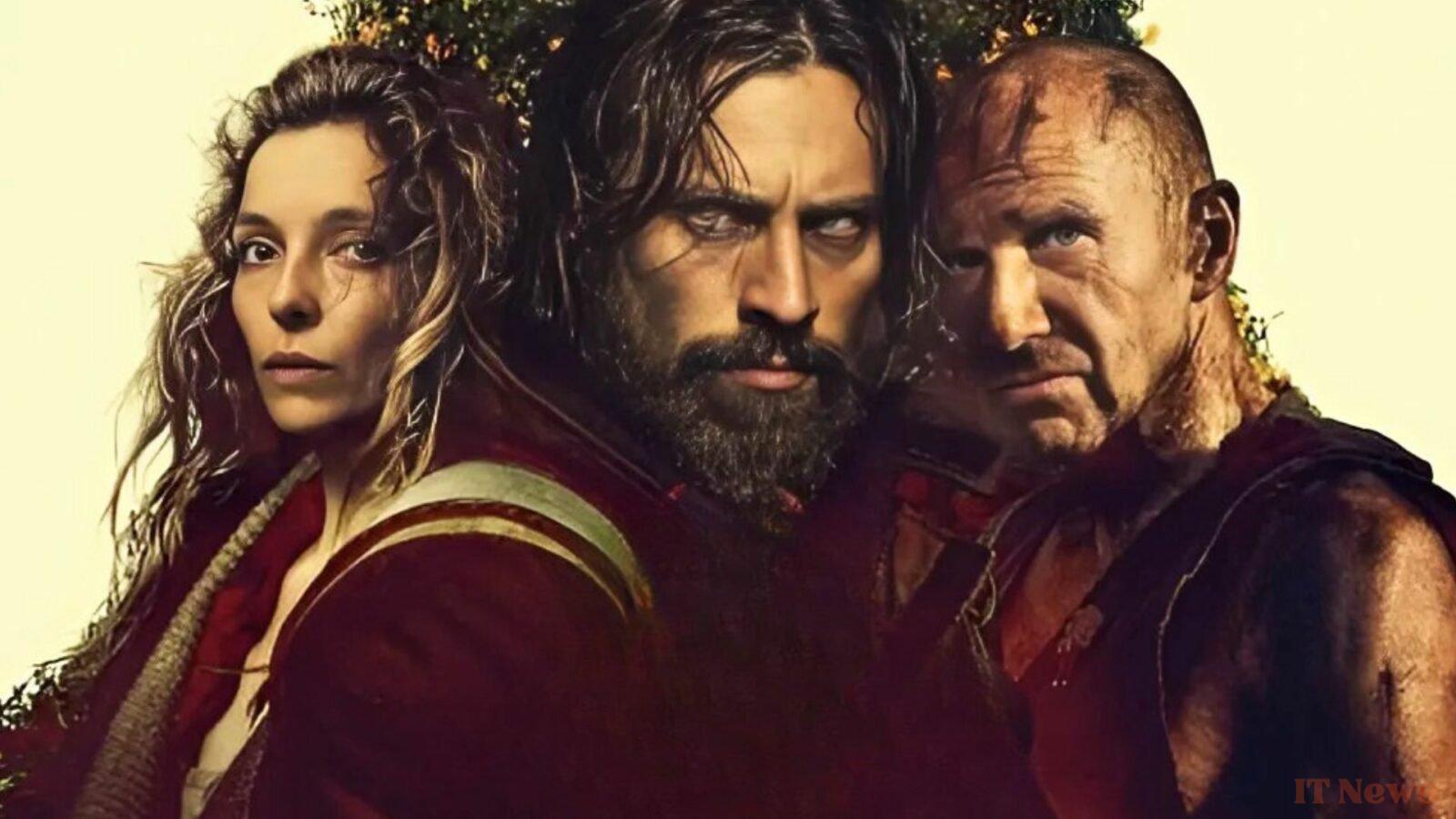
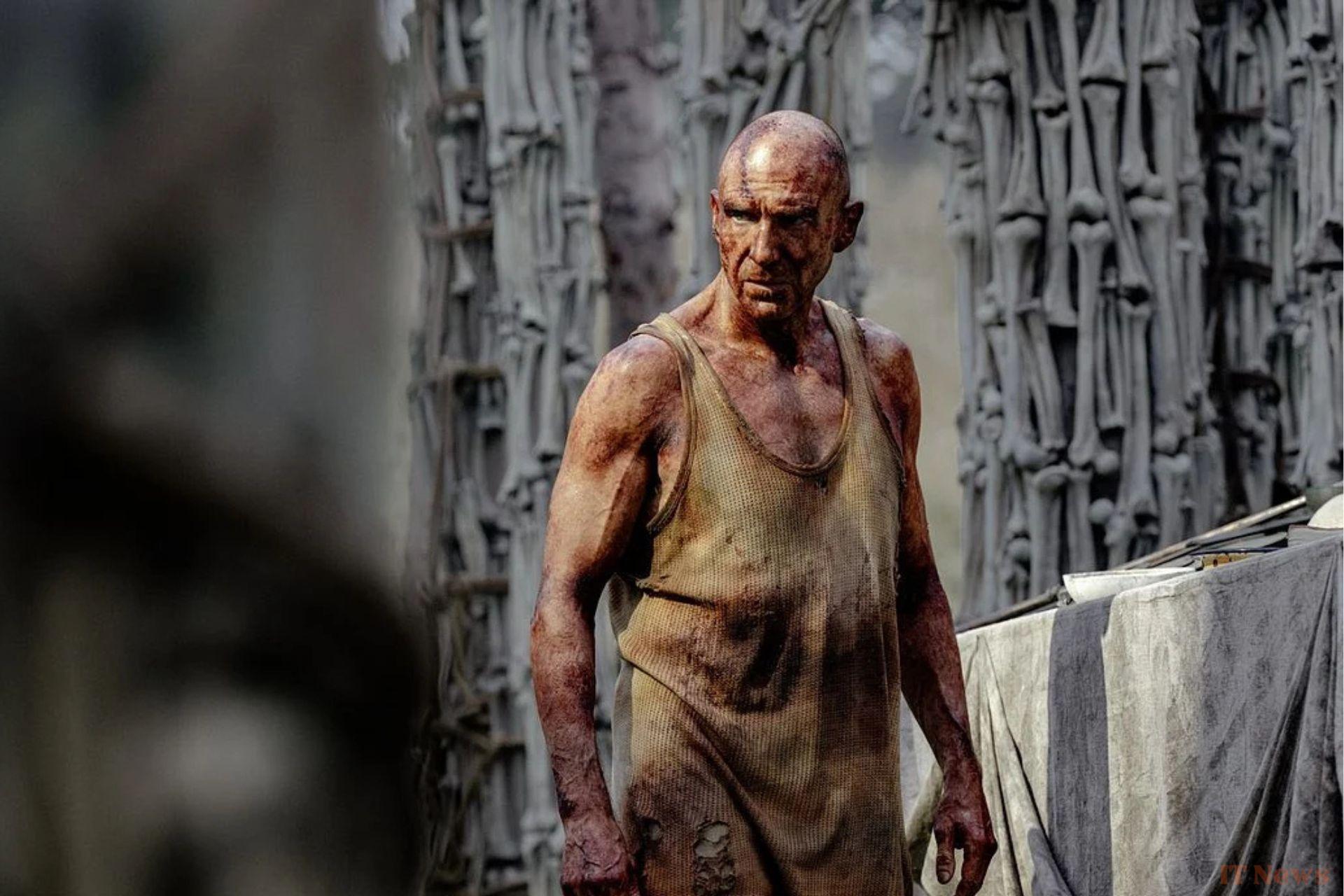
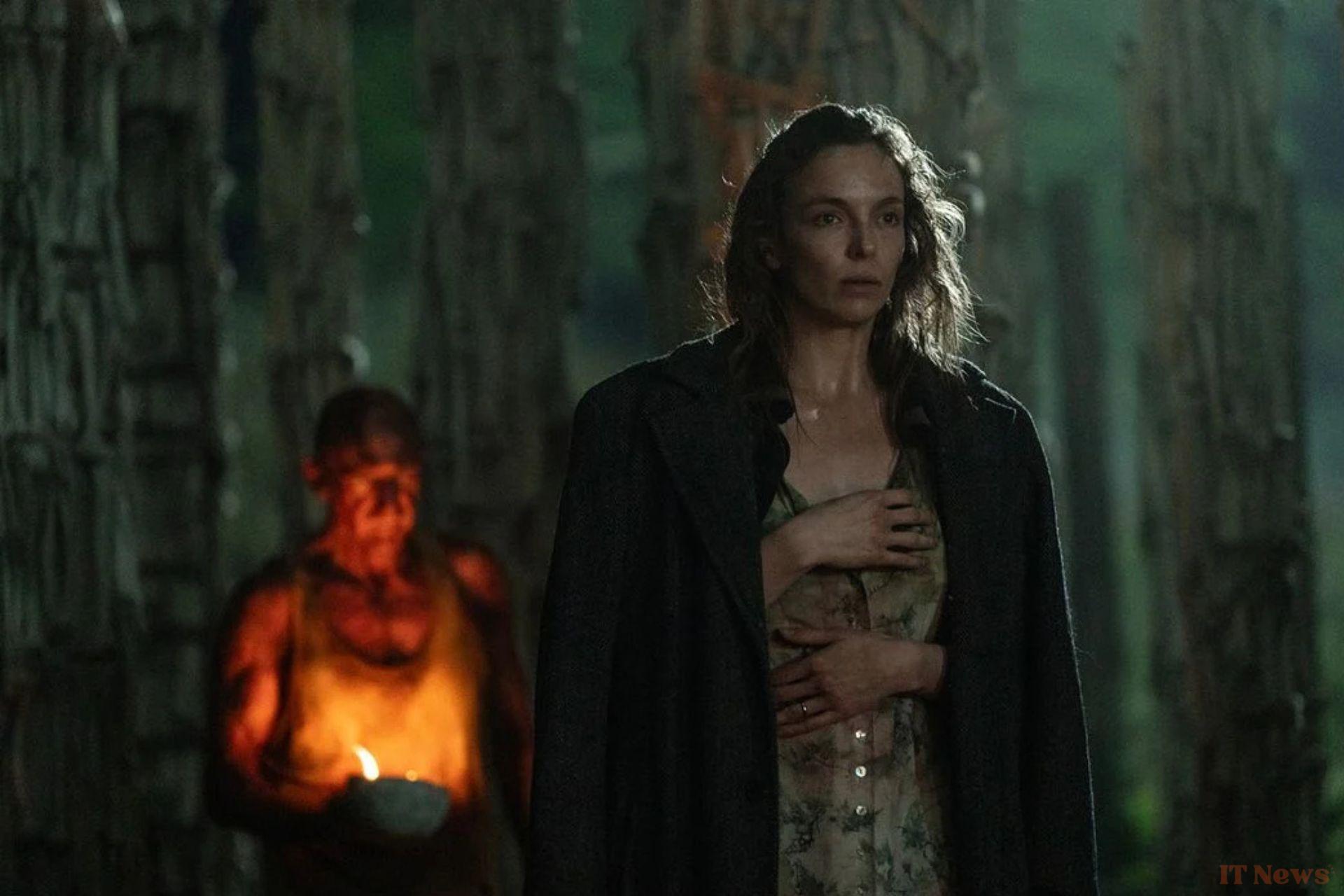
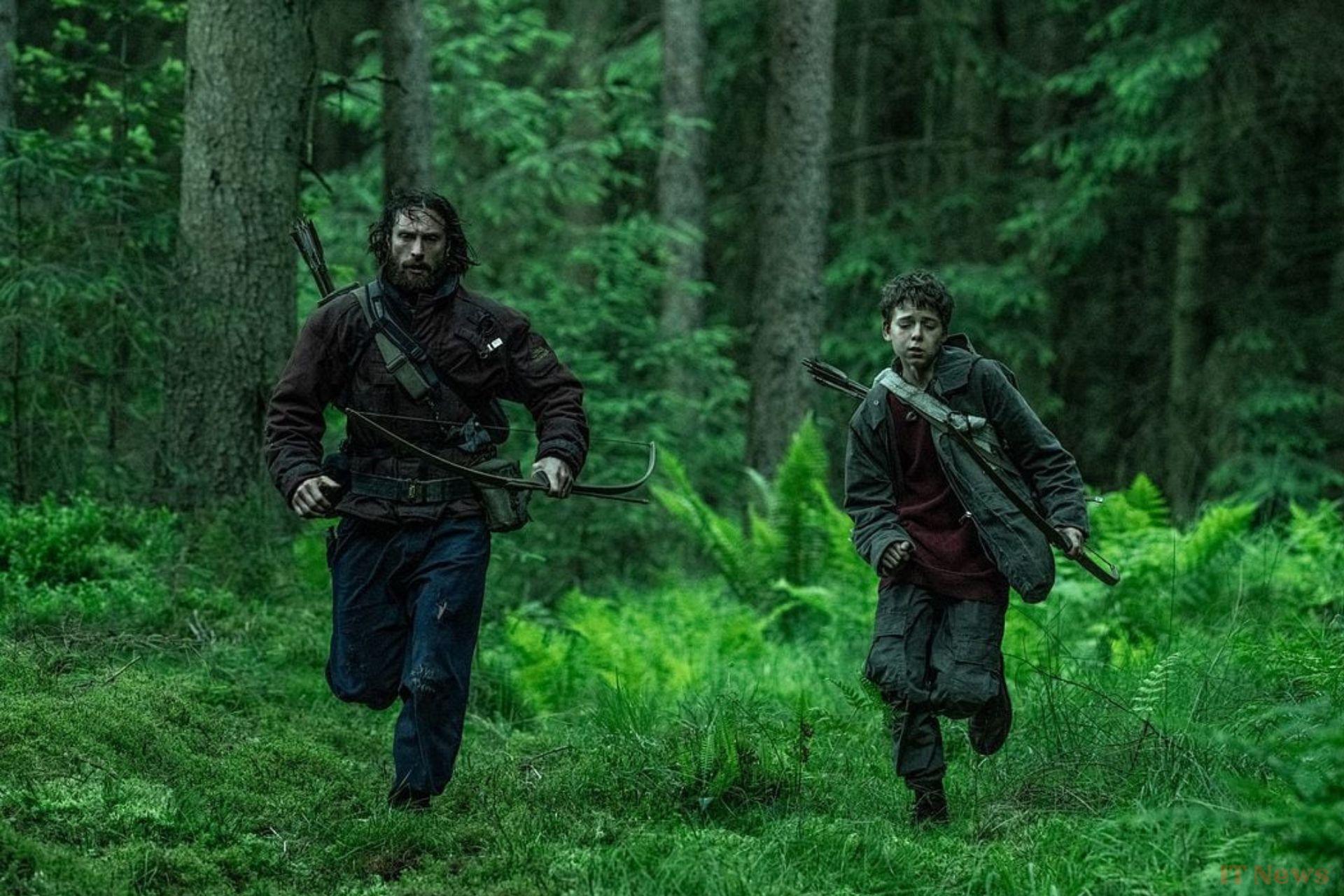
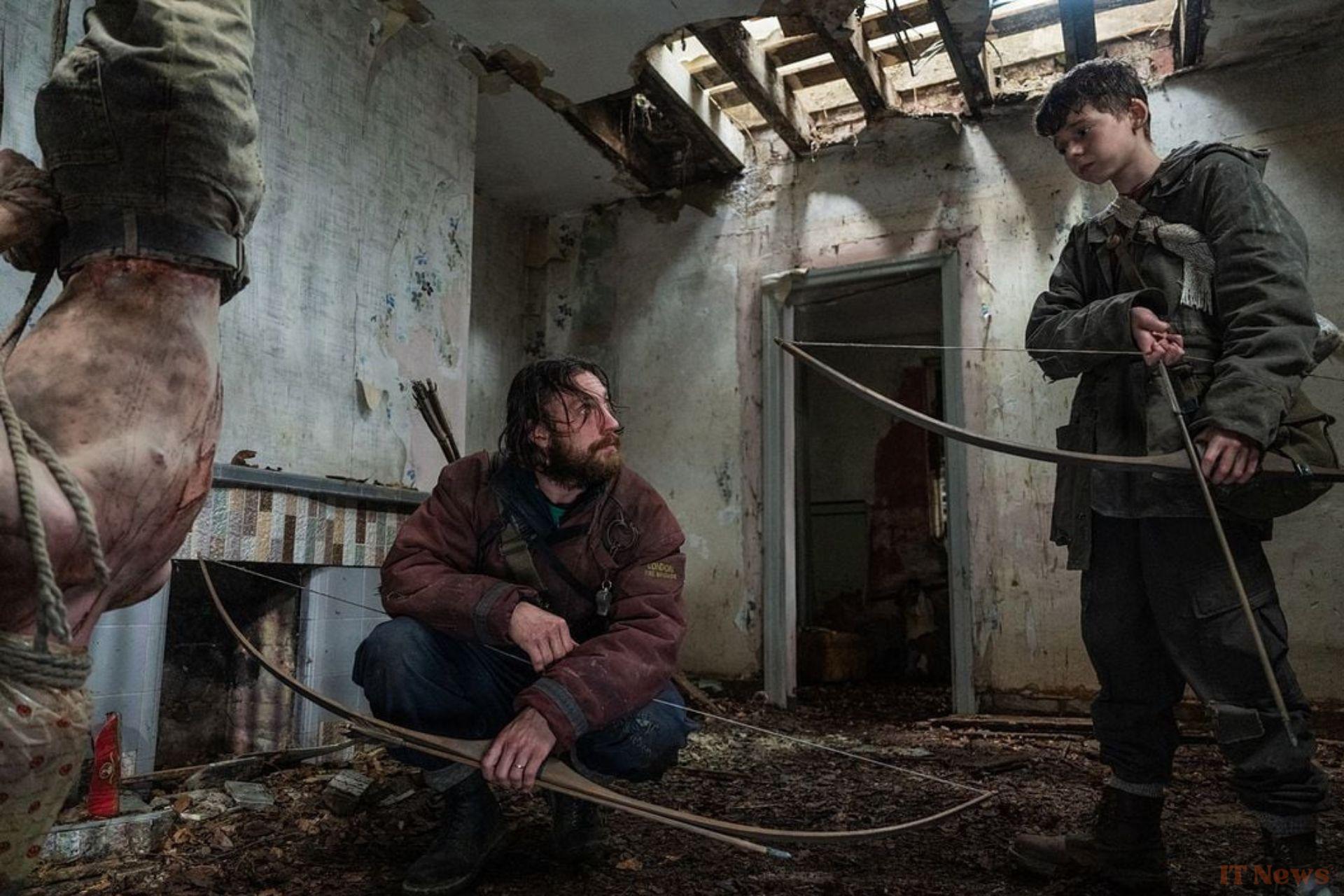

0 Comments